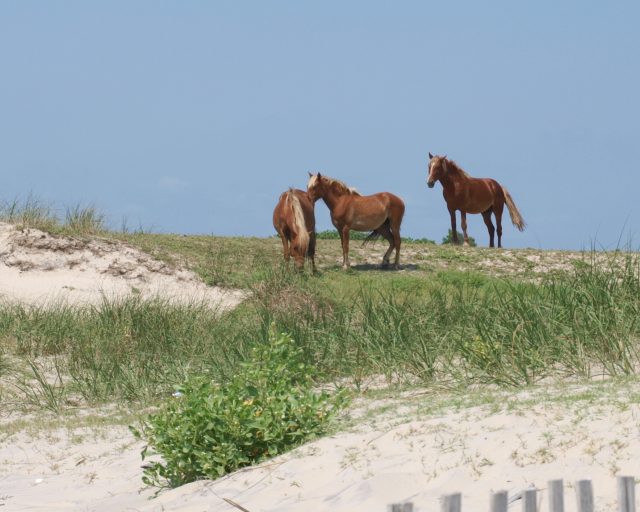Type the name of the breed you're looking for below
[wpdreams_ajaxsearchlite] Don't see the breed your're looking for? Click here and let us know!
Colonial Spanish horse
| Country Of Origin | Spain |
| History and Background | The Colonial Spanish horse is a foundation type of horse descended from the original Iberian horse stock brought from Spain to the Americas. The ancient form of the breed was once called the jennet or Spanish barb. The term encompasses many strains or breeds now found primarily in North America. Its extinction status is considered critical and the horses are registered by several authorities. The most direct descendant today is possibly the Spanish Mustang. Though the original Mustang descended from the Colonial Spanish Horse, not all feral horses of the Americas today are of colonial Spanish descent, as there has been considerable crossbreeding in some areas. Modern breeds and types; The wide array of horses considered to be near-pure descendants of original Spanish stock carry a variety of names. They include the following modern breeds or breed substrains: Abaco Barb Sorraia Iberian sulphur horse Galiceno Central and South America: Criollo horse Chilean horse Paso Fino Peruvian Paso North America: Mustang substrains considered to be Colonial Spanish: Gila Bend Mustang Kiger Mustang Pryor Mountain Mustang Spanish Mustang Sulphur Mustang Wilbur-Cruce Mission horse Other USA horse strains proposed to have direct Colonial Spanish influence: Banker horse (eastern USA, Corolla and Shackleford Islands) Carolina Marsh Tacky Chickasaw horse Chincoteague pony (Assateague horse) - dubious, but widely asserted Florida Cracker Horse Sable Island horse DNA analysis has been used by breeders and horse associations to trace the connections among the breeds. Hardy Oelke used MtDNA to show Sulphurs have a link to the Sorraia. In early 2001, the American Sulphur Horse Association was invited to participate in a joint genetic research project studying Iberian breed horses. Dr. E. Gus Cothran of the University of Kentucky Equine Research Dept. (now at Texas A&M), and Professor Maria Mar D'Oom of the University of Lisbon, Portugal, proposed the study. They wanted to assess the relationship (if any) among the Iberian (Spanish and Portuguese) breeds. As a recognized Iberian breed (Old World blood) now found in the New World, the Sulphurs were included in the study. As a result of the testing, Sulphurs were found to carry the Iberian/Barb 1 Sul mtDNA pattern. This meant that the direct maternal line was descended from the Iberian/Barb. The female siblings and daughters of these horses have the same mtDNA. |
| Use Today | Feral and near extinction, Enhancing other bloodlines |
| Height | Varies |
| Colour | Varies |
| Characteristics | Varies |
| Personality and Temperament | Varies |



